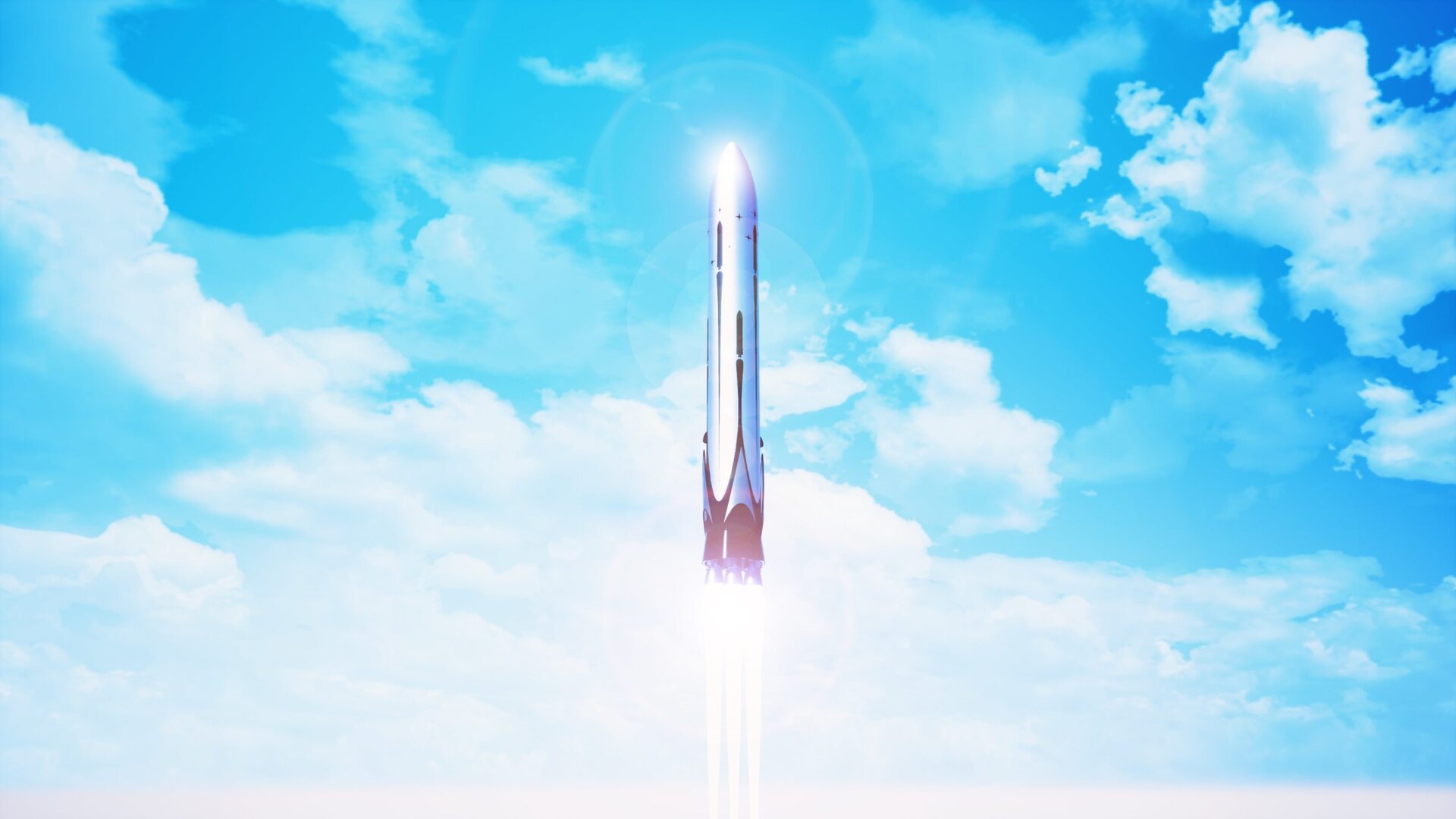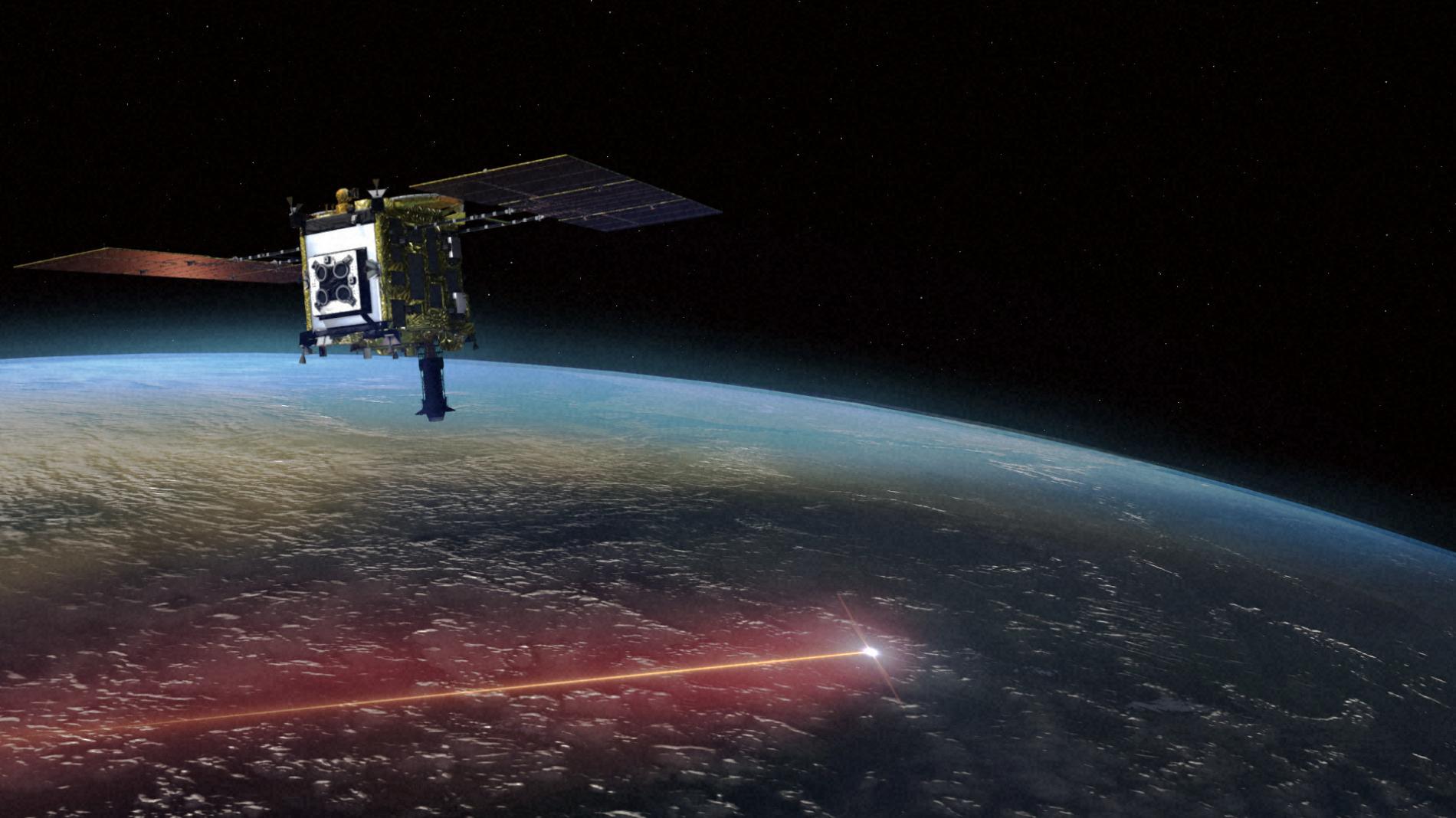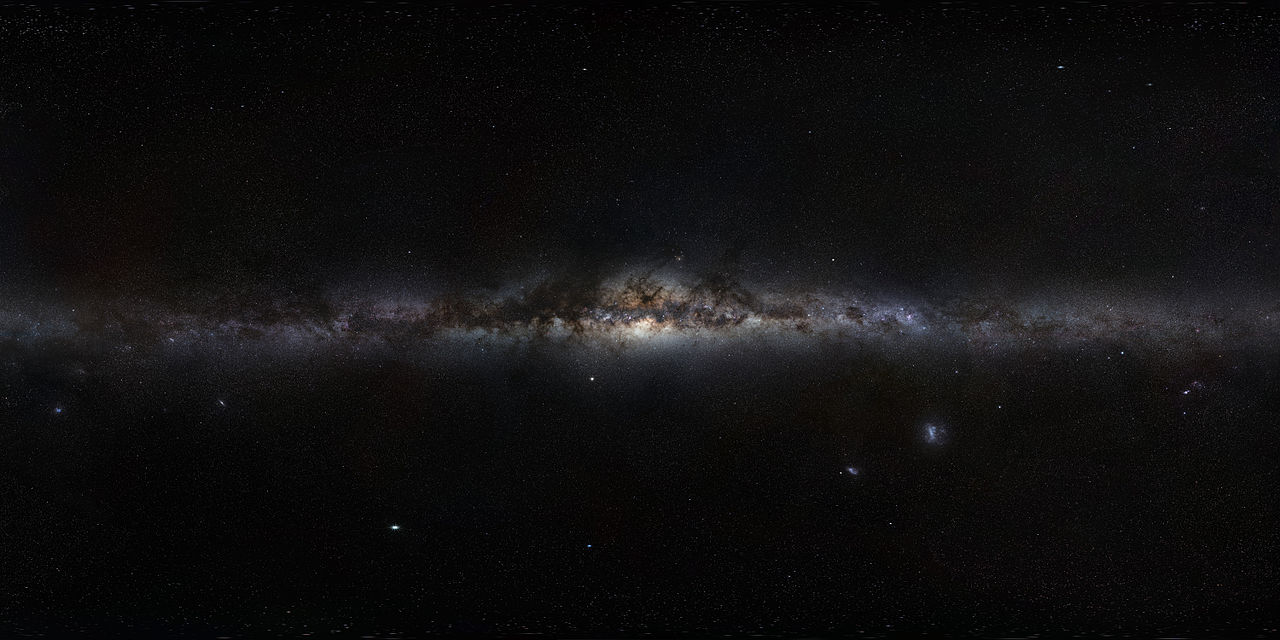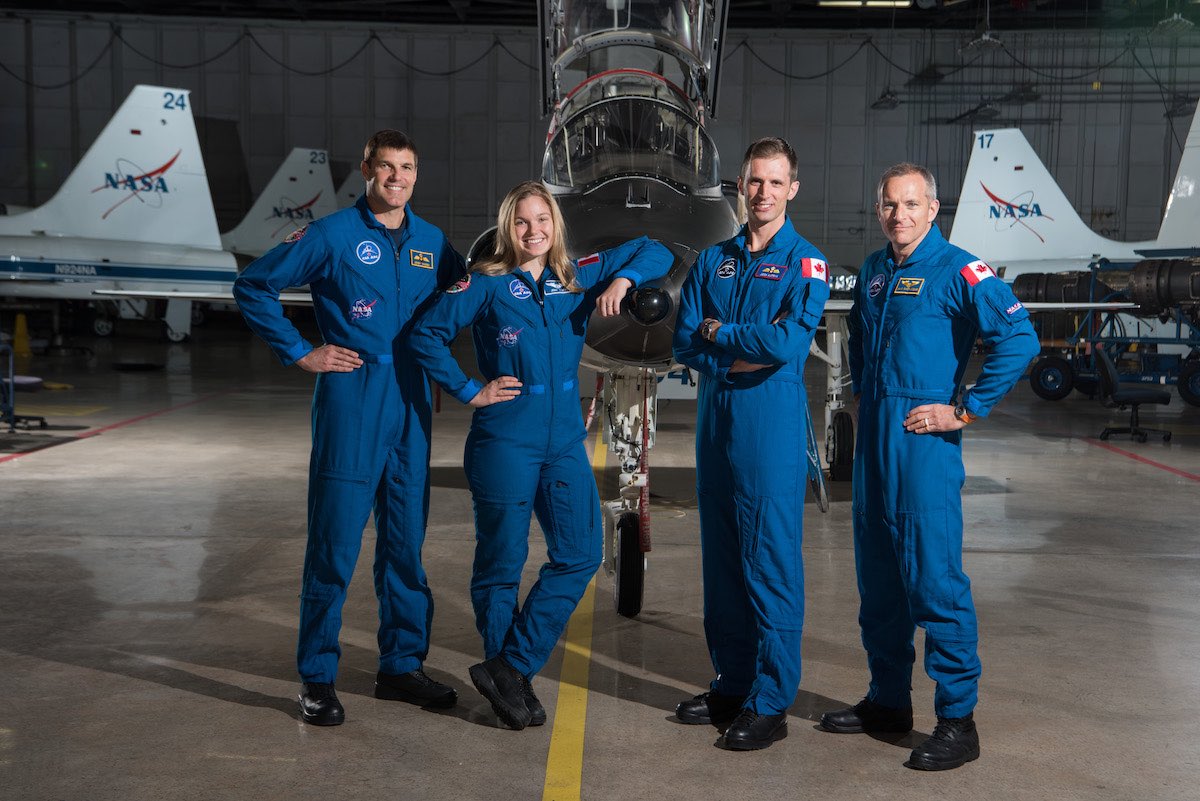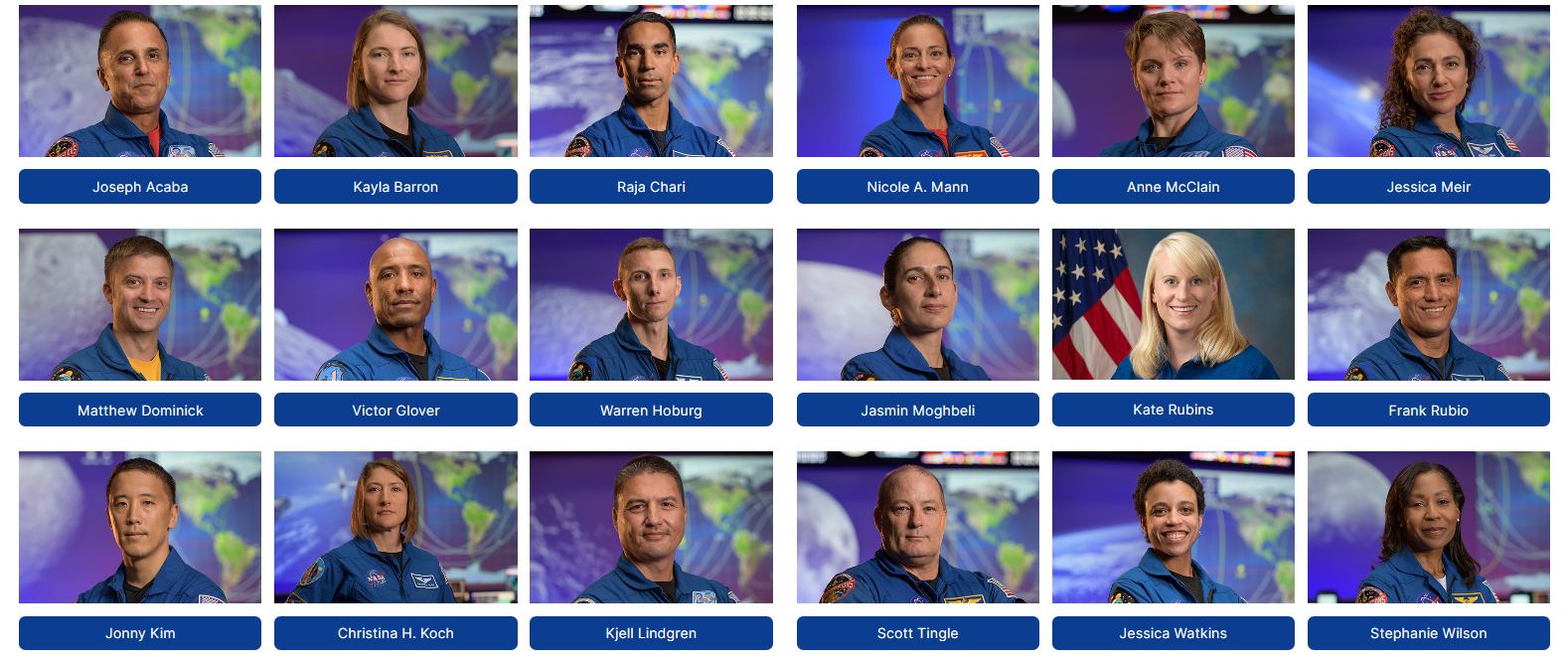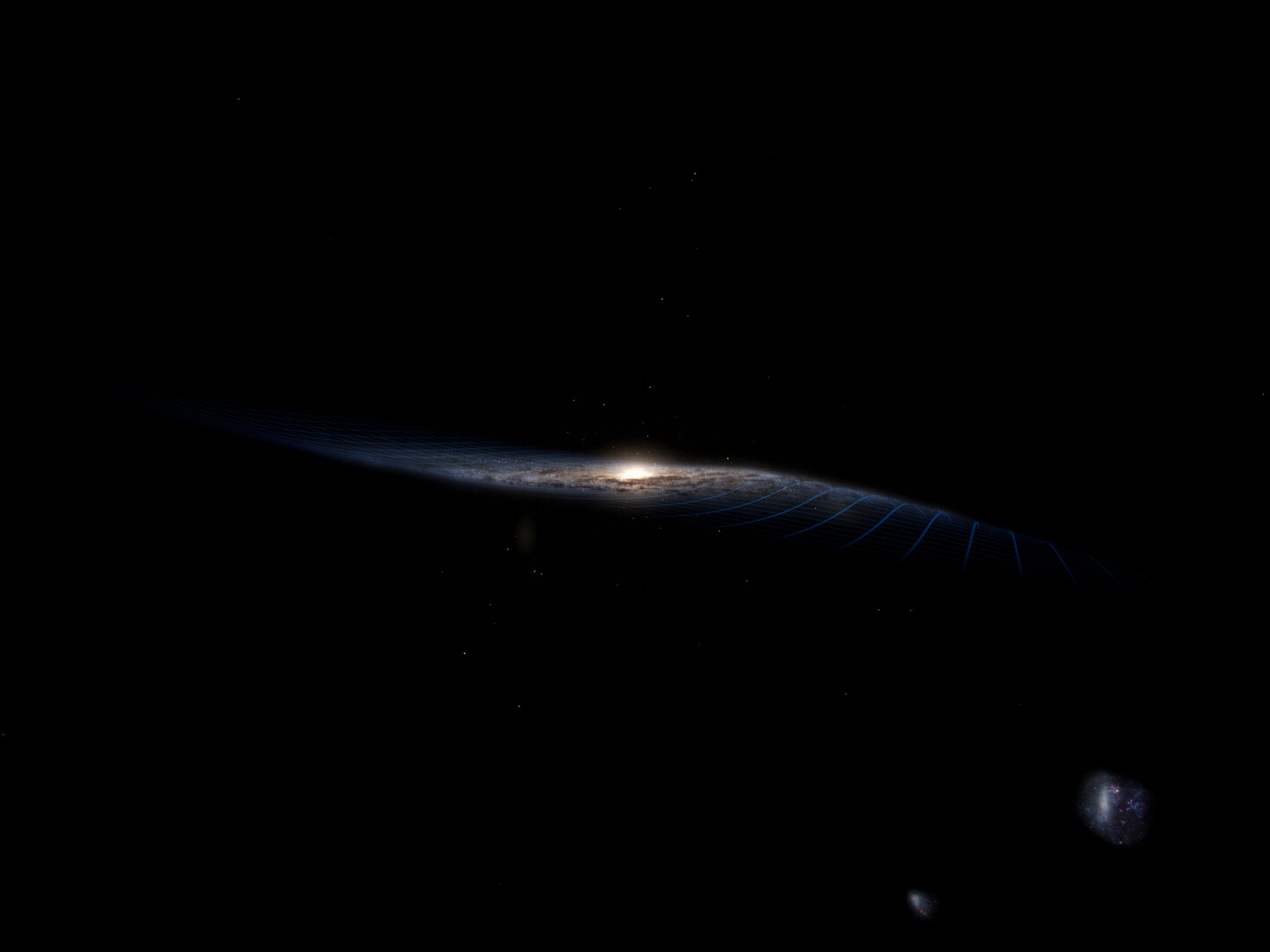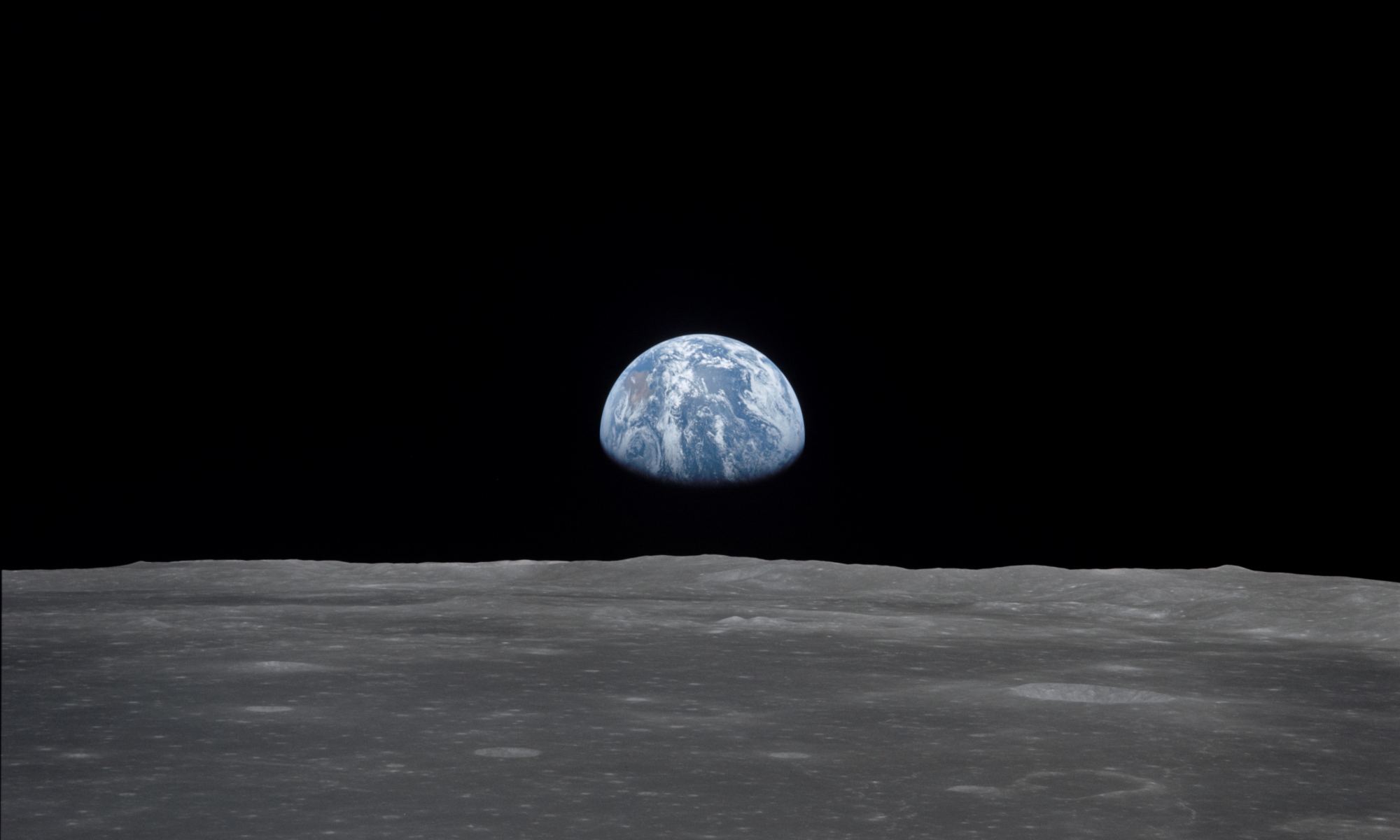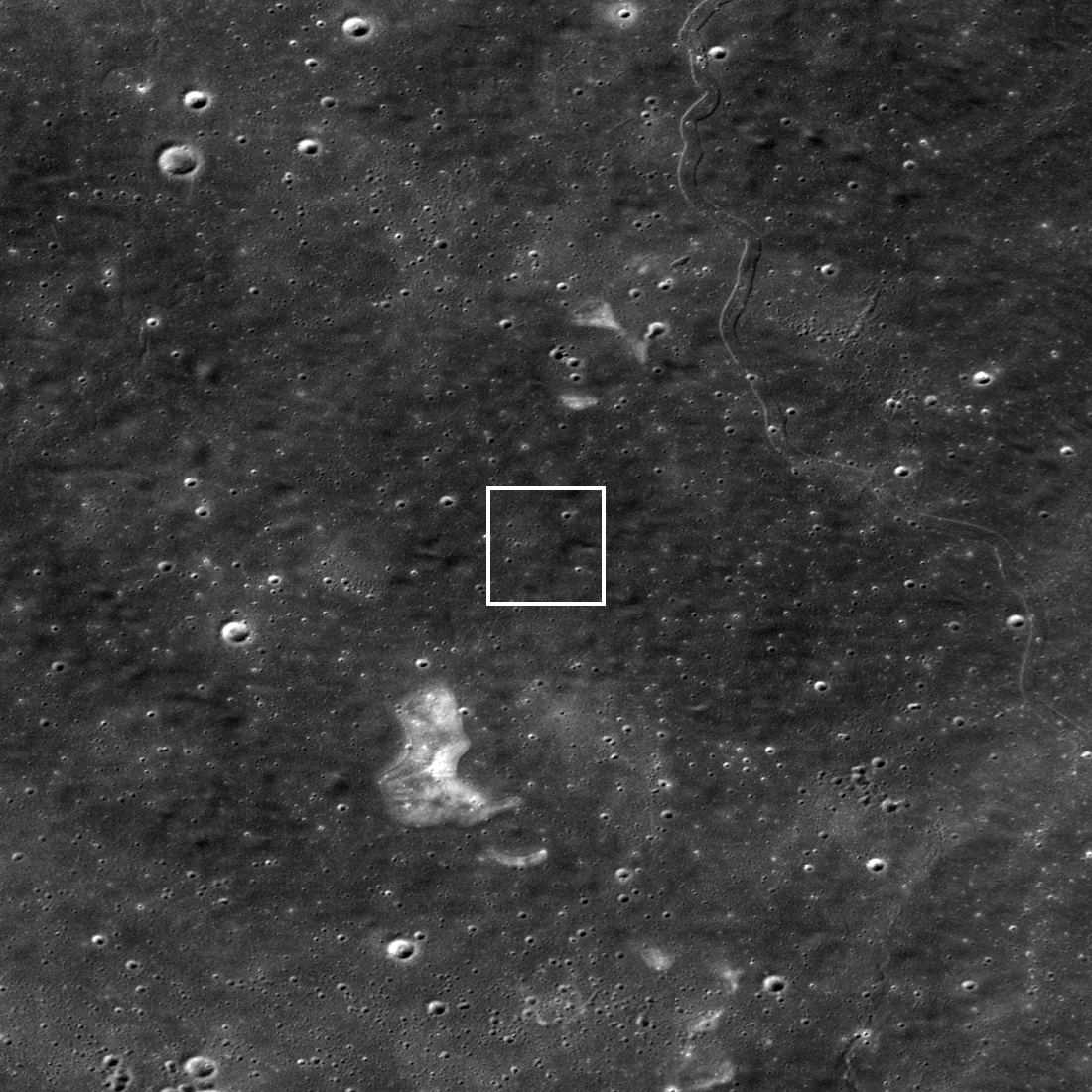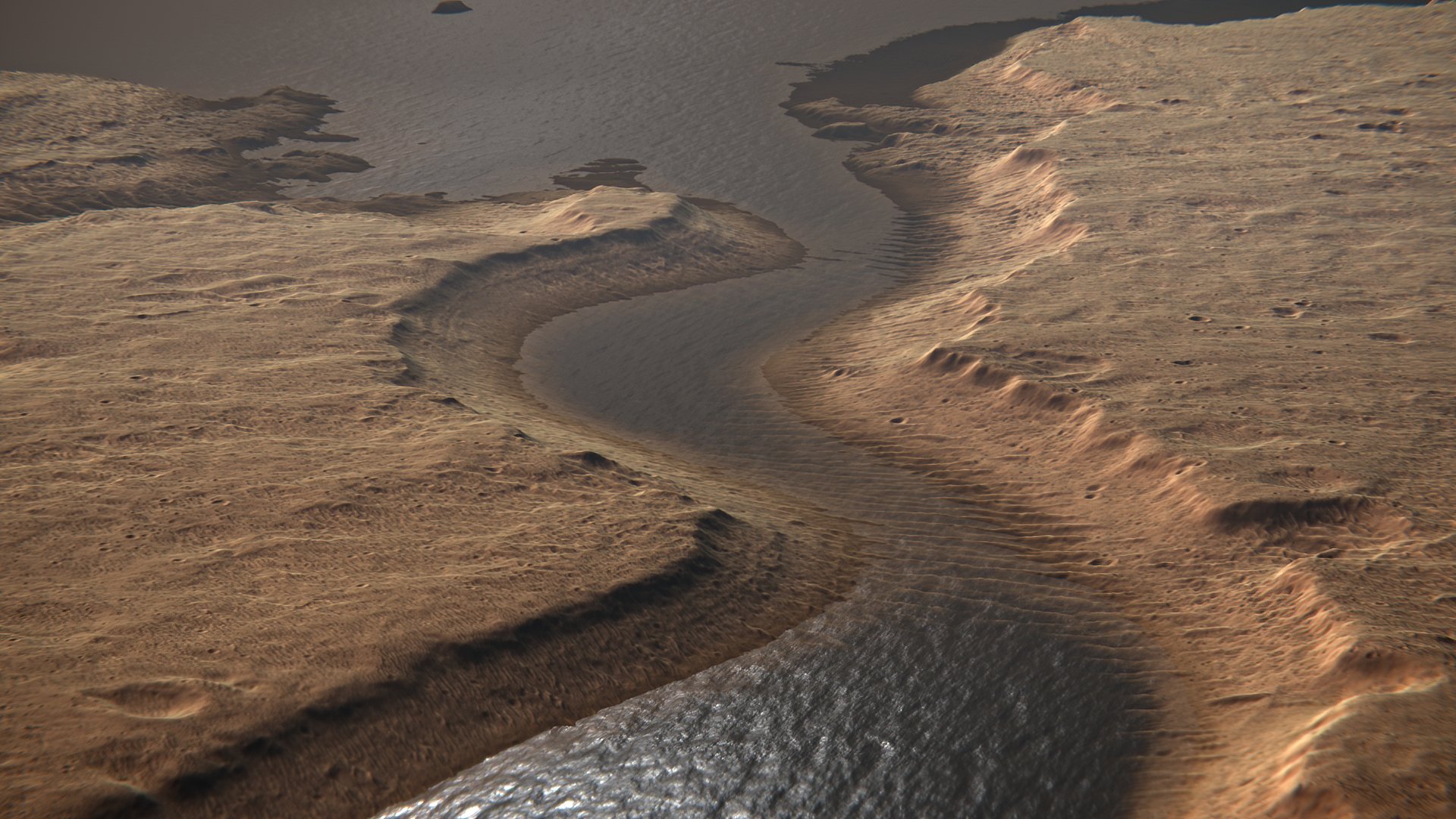It’s an exciting time for space exploration! All around the world, national space agencies are sending missions to deep-space and preparing to send astronauts to orbit and the Moon. At the same time, the commercial aerospace industry (NewSpace) is expanding to include more launch providers and service new markets. These developments are adding up and making space more cost-effective and accessible.
One such development of the emergence of reusable rockets, which are reducing the cost of individuals launches down considerably. Earlier this month (Dec. 15th), the European Space Agency (ESA) contracted with aerospace giant ArianeGroup to develop a reusable rocket. As part of the Themis Program, the ESA will use this rocket to evaluate the technologies involved for potential use on future European launch vehicles.
Continue reading “ESA is Working on its own Reusable Booster Stage”
